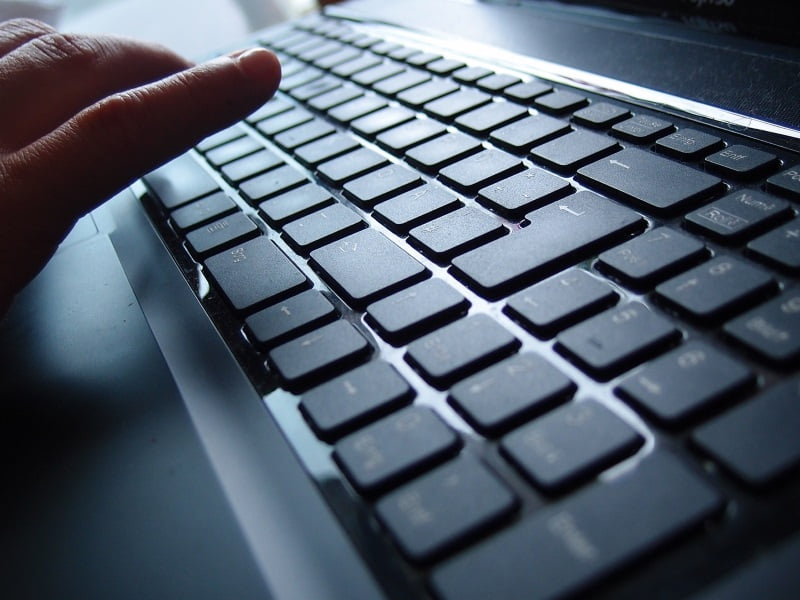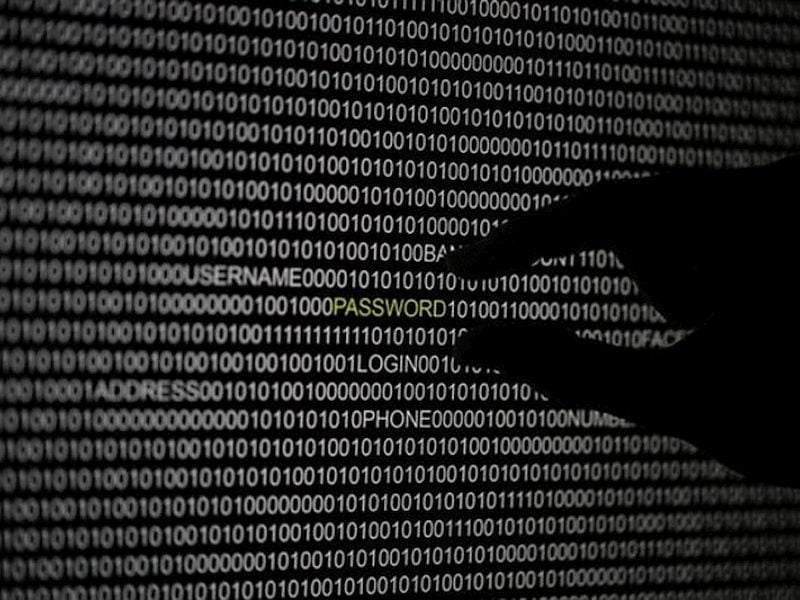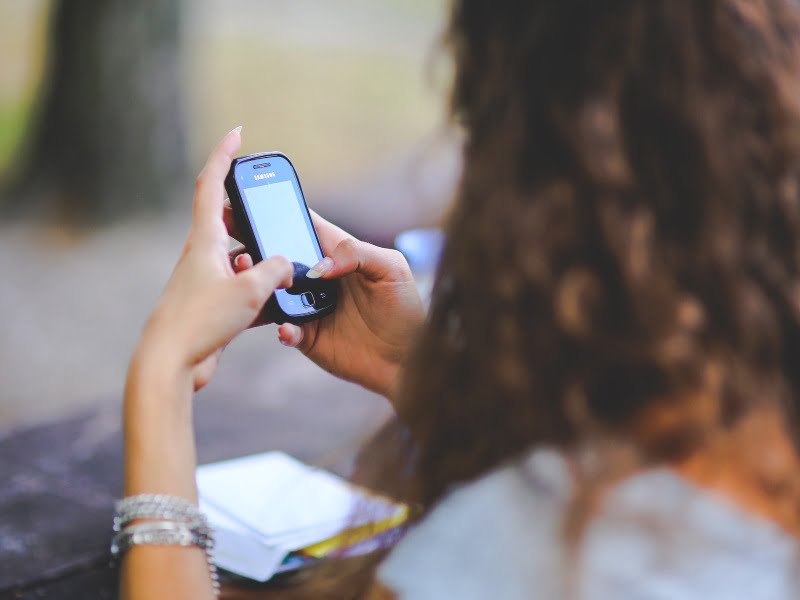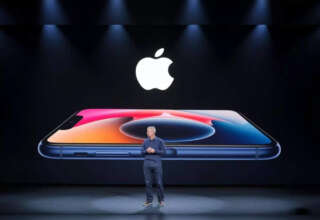
Operator, won’t you help me replace this call?
A 9-foot-tall, narrow structure installed this past week on a Manhattan sidewalk is signaling a plan to turn payphones into what’s billed as the world’s biggest and fastest municipal Wi-Fi network.
The first of at least 7,500 planned hot spots are due to go online early next year, promising superfast and free Wi-Fi service, new street phones with free calling, ports to charge personal phones and a no-cost windfall for the city.
With some cities nationwide making renewed pushes for public Wi-Fi after an earlier wave of enthusiasm faded, New York officials say their project is democratizing data access while modernizing outmoded street phones.
For now, the first hot spot is still being tested and sits under a gray cover. But some passers-by like the sound of what’s in store.
“It’s always helpful” to have Wi-Fi to reduce the bite that apps and web-surfing take out of cellular data service, which is capped in many consumers’ plans, Jack Thomas said this week while texting near the dormant kiosk.
But others have qualms about New Yorkers linking their devices to a public network as they stroll down the street, though the city has said data will be encrypted and any information harvested for advertising will be anonymized.
“I think it makes us all more vulnerable to wrongdoers,” Bee Mosca said as she eyed the future hot spot.
Payphones may seem like telecom relics when 68 percent of Americans own smartphones, according to the Pew Research Center on Internet, Science & Technology. But about 8,200 payphones still dot New York streets.
Some were pressed into service amid outages after 2012’s Superstorm Sandy, but their numbers and usage have declined overall, and 37 percent of those inspected last year were inoperable.
The city experimented with providing Wi-Fi from a few payphones in 2012, then hatched the current, eight-year “LinkNYC” plan.
A consortium of companies, including wireless technology player Qualcomm Inc., is to pay the estimated $200 million (roughly Rs. 1,324 crores) installation cost and take half the revenue from the kiosks’ digital advertising, projected at $1 billion (roughly Rs. 6,623 crores) over 12 years. The city gets the other half, more than doubling the $17 million (roughly Rs. 112 crores) a year it gets from payphones now.
Each hot spot covers about a 150-foot radius with what’s pledged as one-gigabit-per-second service, about 20 times the speed of average home Internet service. Officials have said the service is intended for outdoor use; it’s not clear whether it might extend inside some businesses and homes.
Though many Americans now carry Internet connectivity in their pockets, the network “can be a win for users who can save on their data plans, and it can be a win for (cellular) networks if they’re really overtaxed,” said Erik Stallman, general counsel of the Center for Democracy and Technology, a group that advocates for Internet liberties and access.
Tourists without local cellular service also could benefit, noted John Breyault, a National Consumers League vice president.
LinkNYC isn’t without opponents: A payphone company has sued the city, saying it created a monopoly for the new consortium. The city has said it believes the arrangement is legal.
Many US cities strove to cover themselves in Wi-Fi in the early 2000s. But a number of the plans foundered as home access proliferated, usage and ad revenues disappointed and some Internet service providers complained the city networks were unfair competitors.
But some cities have recently recast and reinvigorated their efforts. Boston is working to expand a “Wicked Free Wi-Fi” network with over 170 hot spots, and Los Angeles is encouraging private companies to provide free basic wireless to all homes and businesses, with outdoor coverage as a goal.
Still, some question whether it’s wise for city governments to get into offering Wi-Fi, rather than leaving it to businesses.
But “New York is not a typical city,” said Jeff Kagan, a telecommunications analyst and consultant.






